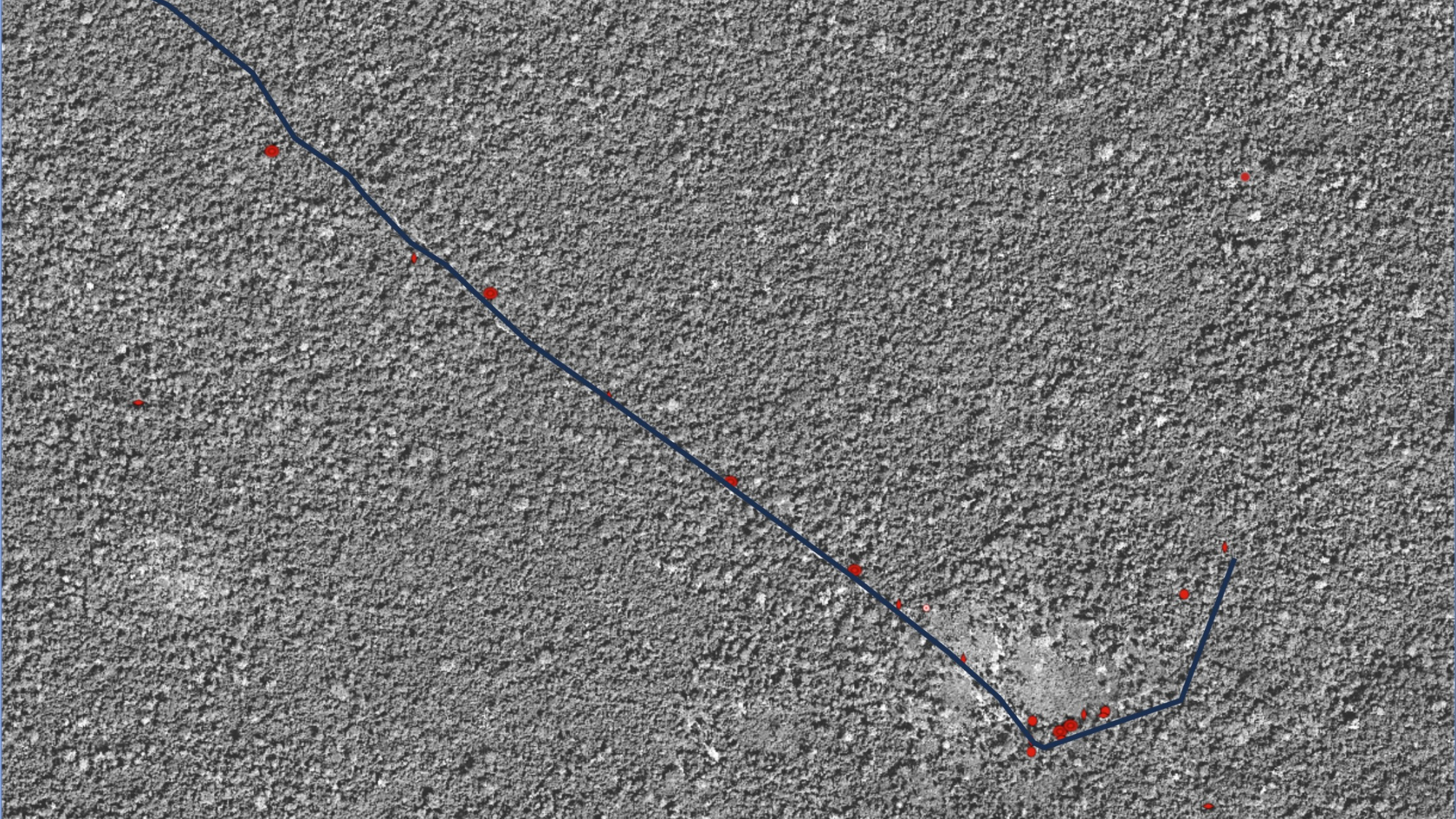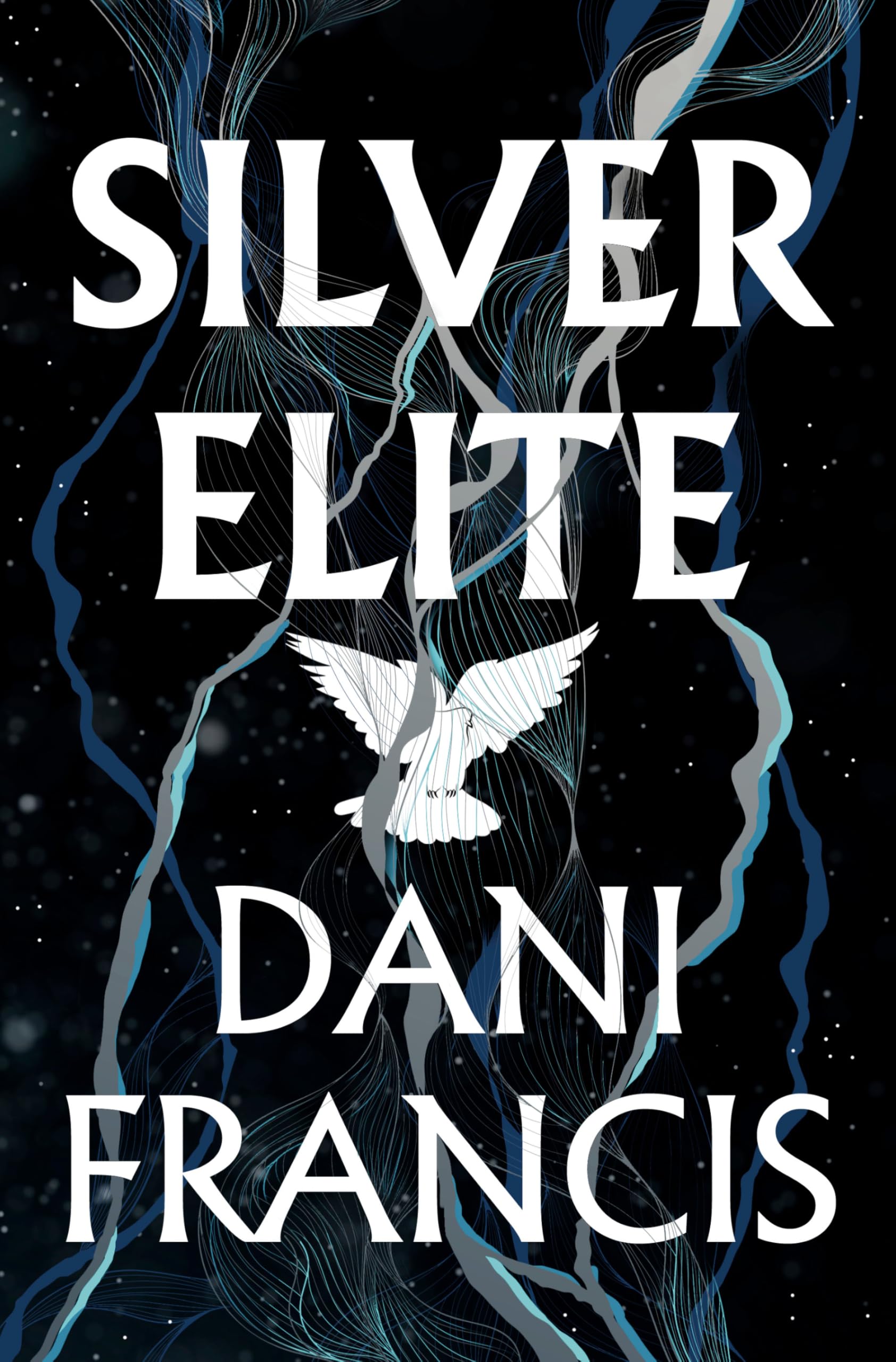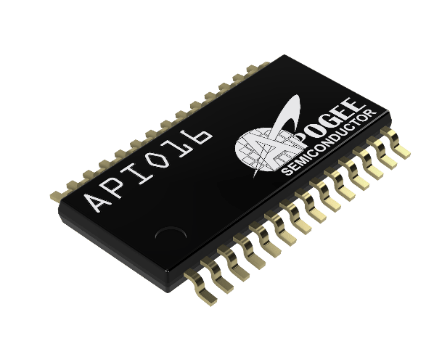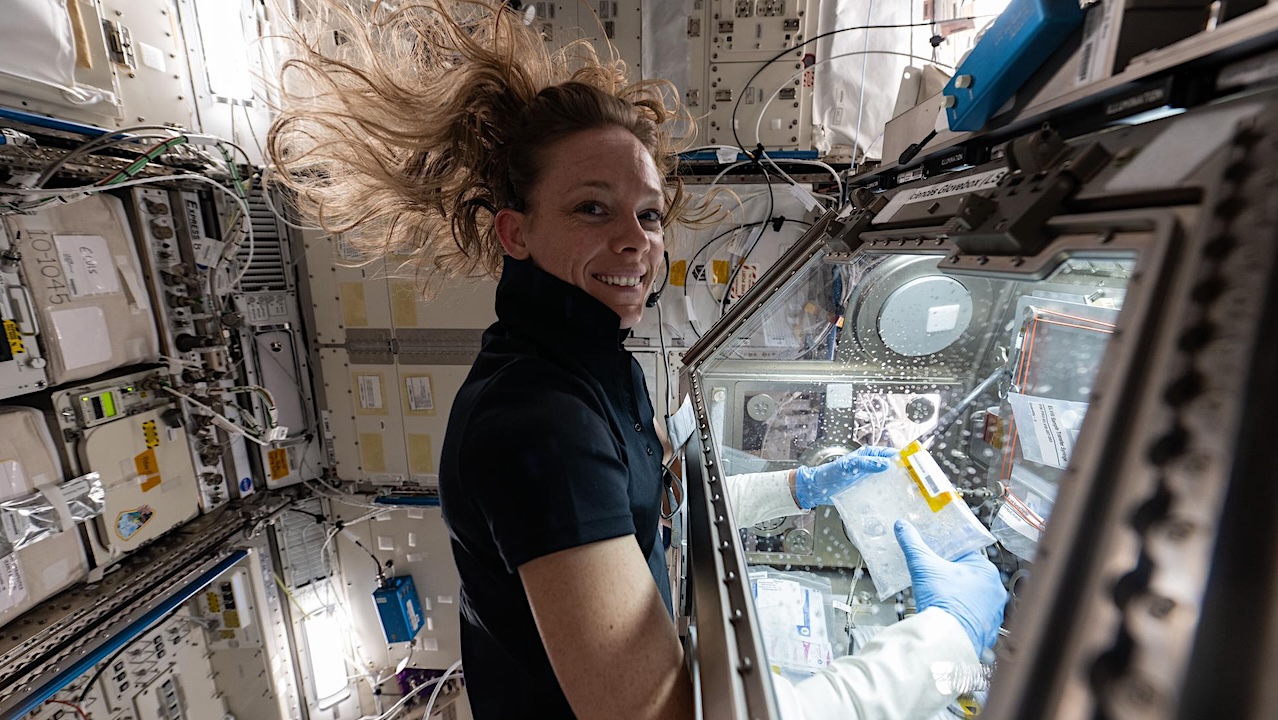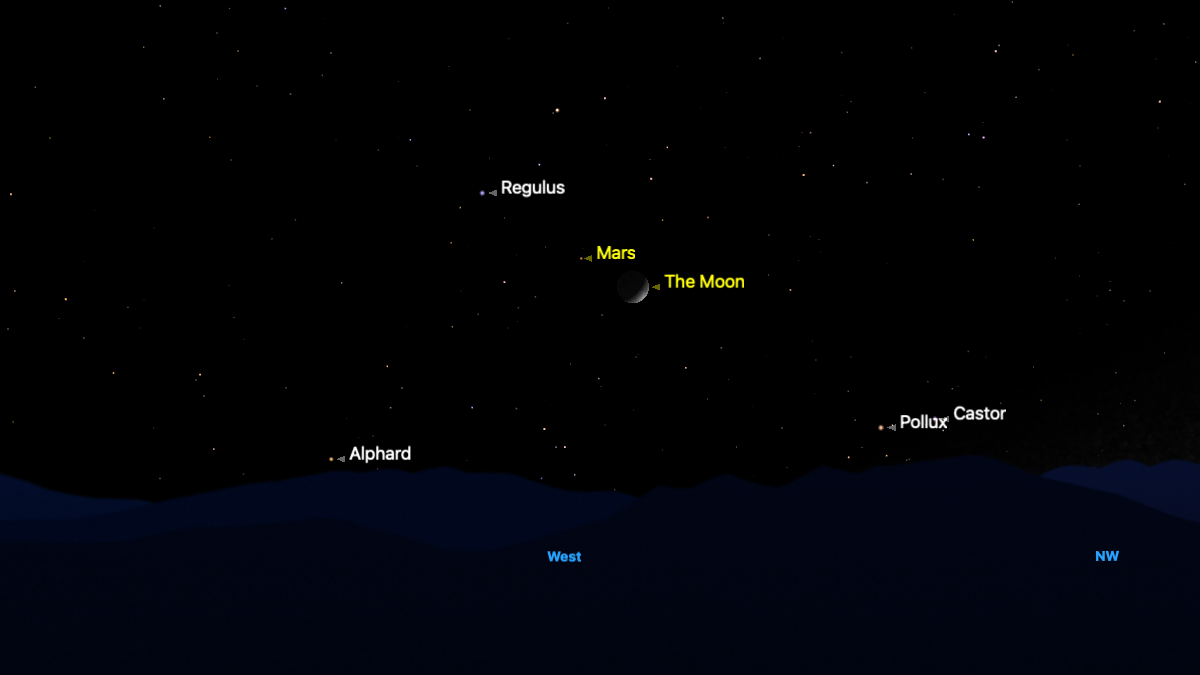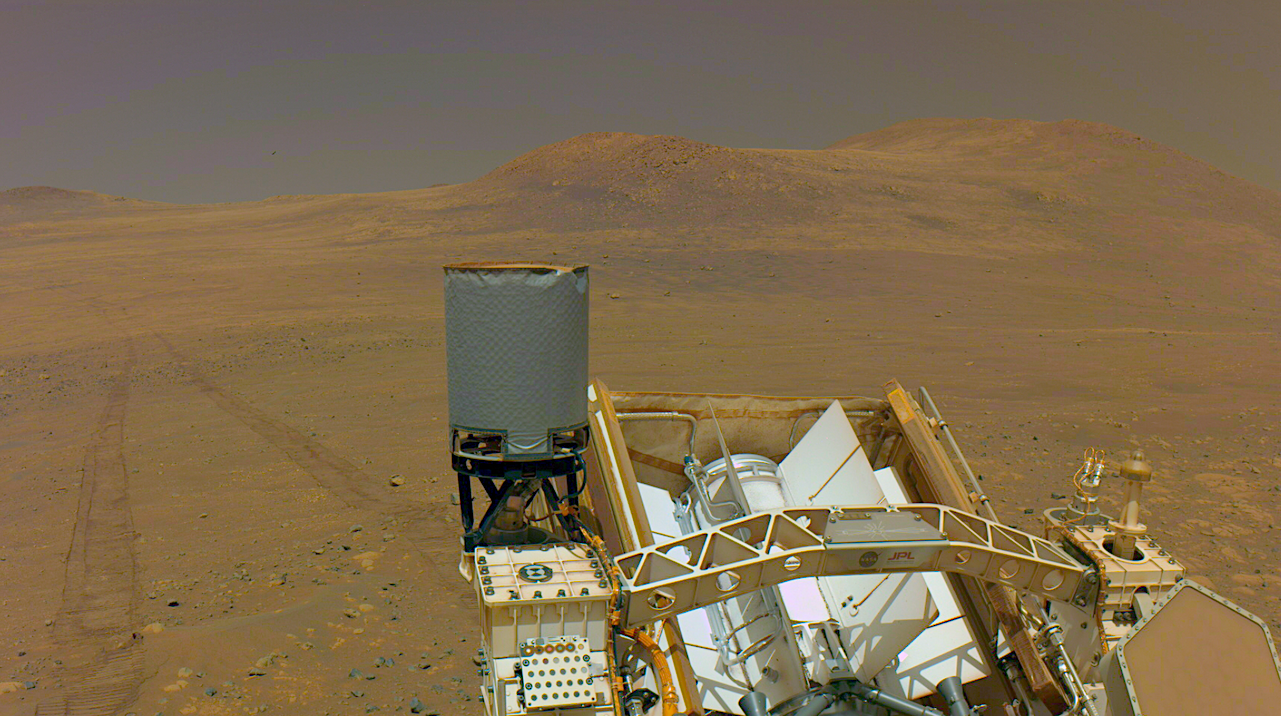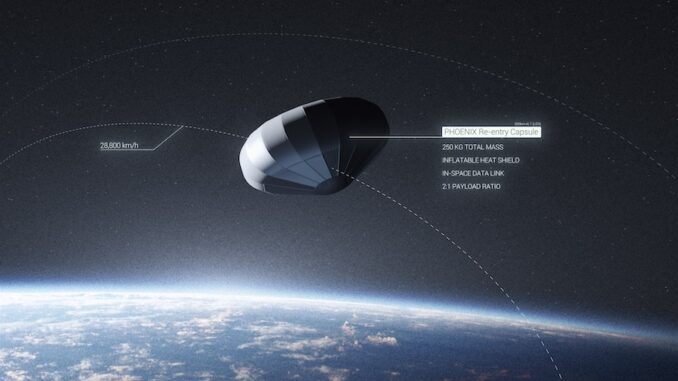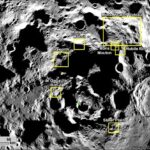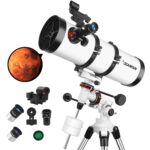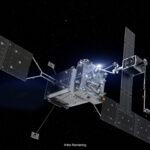Declassified images from U.S. military satellites are helping find forgotten mine fields in Cambodia. From the late 1960s almost until the end of the 1990s, a bloody war between communist
Hot Posts67- Page
NASA’s Glenn Research Center in Cleveland provides ground test facilities to industry, government, and academia specializing in the following: Acoustics Engine Components Testing Full-Scale Engine Testing Flight Research Icing Research
In the vibrant tapestry of modern literature, few titles shimmer quite like Silver Elite. This latest offering from Del Rey invites readers into a world where ambition and aspiration intertwine,
ST. LOUIS – Artificial intelligence combined with human insight promises to transform geospatial intelligence, experts said at the GEOINT Symposium 2025. But it will require standards, data verification and monitoring
This is a customer submitted press release. Submit your press release. Apogee Semiconductor Launches Industry-First Rad-Hard 16-bit I/O Expander for Extreme Environments Apogee Semiconductor proudly announces APIO16, the industry’s first
Kibo laboratory module’s Life Sciences Glovebox larger image iss073e0025978 (May 9, 2025) NASA astronaut and Expedition 73 Flight Engineer Nichole Ayers works in the Kibo laboratory module’s Life Sciences Glovebox
The moon will shine near Mars in the post-sunset sky on May 31, before jumping to its left the following night. (Image credit: Starry Night.) The moon will appear to
NASA websites no longer state that the Artemis 3 lunar mission will aim to land the first person of color and the first woman on the moon — a longstanding
One of the navigation cameras on NASA’s Perseverance captured the rover’s tracks coming from an area called “Witch Hazel Hill,” on May 13, 2025, the 1,503rd Martian day, or sol,
Live coverage: SpaceX to launch Bandwagon-3 rideshare mission on Falcon 9 rocket from Cape Canaveral
A SpaceX Falcon 9 rocket stands at Space Launch Complex 40 (SLC-40) at Cape Canaveral Space Force Station ahead of the planned launch of the Bandwagon-3 rideshare mission. Image: SpaceX
-
 012024 in Review: Highlights from NASA in Silicon Valley
012024 in Review: Highlights from NASA in Silicon Valley -
 02Panasonic Leica Summilux DG 15mm f/1.7 ASPH review
02Panasonic Leica Summilux DG 15mm f/1.7 ASPH review -
 03How New NASA, India Earth Satellite NISAR Will See Earth
03How New NASA, India Earth Satellite NISAR Will See Earth -
 04And Thus Begins A New Year For Life On Earth
04And Thus Begins A New Year For Life On Earth -
 05Astronomy Activation Ambassadors: A New Era
05Astronomy Activation Ambassadors: A New Era -
06SpaceX launch surge helps set new global launch record in 2024
-
 07Space Force plans new ‘Futures Command’ amid pressure to speed up modernization
07Space Force plans new ‘Futures Command’ amid pressure to speed up modernization


